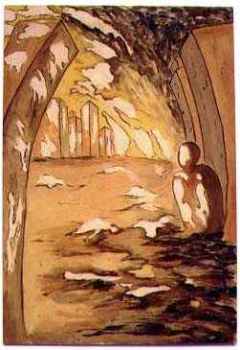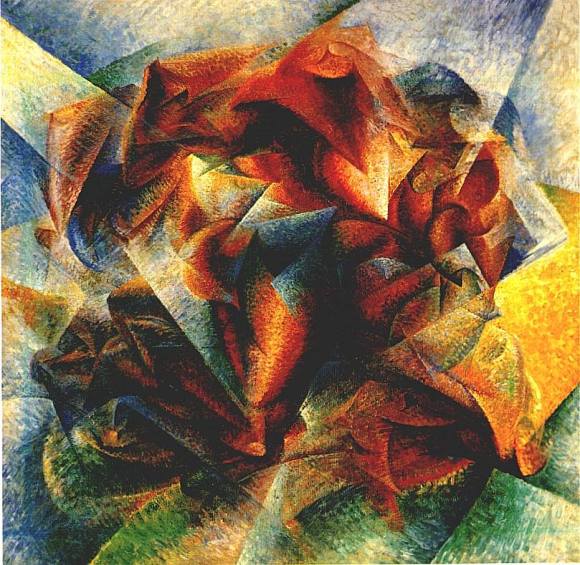Street art has no date of origin. Mankind has scribbled art on random services since the beginning of time. We have come a long way since charcoal and blood scribblings on cave walls. Street art is temporary and for the public eye to see. The art itself can be any style representing any time period. Very common forms of street art are of illegal nature. Graffiti is a very common form of street art. Due to it’s already illegal nature, many street artists often centered their artistic work around very controversial subjects such as politics, religion, and social hot topics. It is for this reason that I chose my 2 feature artists and their work. They did not care about public popularity. They put whatever thought they had, whatever belief they held to, and put on a wall or public area for all to see. My featured artists are Frank Shepard Fairey and Banksy.
Frank Shepard Fairey was born February 15th, 1970 and was involved in street art since was a teen. Constantly in trouble with the law, Fairey became very skilled in the art of graffiti and controversial art. Below are four of his most popular achievements.

This poster was created after the creation of the piece below. This poster, Obey the Giant, inspired a huge line of Obey products. It was made in 1989 along with the other piece.

This is the original “Andre the Giant” which inspired the Obey line of posters and stickers. The meaning of the pictures can be multiple things. In 1989, Fairey created this poster by accident, stenciling a newspaper picture ad and making it public. He had no idea that the picture would be so famous.

This poster of President Obama with the word hope below it has been coined the “reason for the election of Barack Obama”. The Obama campaign never said they were a part of the production of the poster but they did thank Fairey for his creative poster. This poster created in 2008 turned out to be Fairey’s most popular work.
Bansky has no first name. He is believed to have been born in Bristol, England but after extensive research, no confirmation could be found about his birth name or birth place. He was however very talented with street art challenging the traditions of the art world. Bansky was fond of politically incorrect forms of art which may be why he wished to remain relatively unknown. The dates of these public paintings are relatively unknown due to his nature of being semi-secretive. These are 3 of his 80 plus street art masterpieces.

This painting on the Berlin Wall clearly displays the grievance that much of the public had against the wall itself. Like the other street art pieces this piece has no name but was very popular amongst the public.

Made to capture the feelings of nations great athletes competing in the olympics during the cold war era. Nameless again, this piece is controversial and very creative.

Again another nameless sketch of a person pole vaulting over a barrier long separating people from family and loved ones. This simple public artwork says so much and is one of his most simplest pieces of art.
Both of these artists were not afraid to step outside the ordinary. They never held punches when putting there thoughts or beliefs on canvas or an abandoned wall. It is these different methods that made these artists so great and so innovative. Art continues to redefine itself with every day and every artist.

Thinking About the Origins of Street Art, Part 1
http://www.biography.com/people/banksy-20883111
http://www.evi.com/q/banksy_place_of_birth
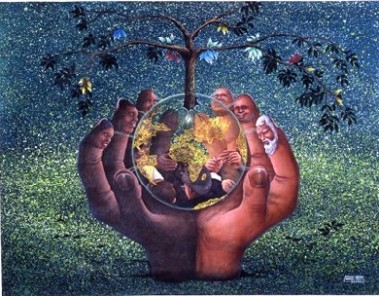 La Réconciliation, C’est le Baiser de la Morale
There is so much to analyze in this painting. The detail and meaning behind the many possible themes of this painting can only be speculated. Keep in mind however that Bodo often drew paintings that compared Africa to the developing world. Starting from the ground up you notice the hand is coming out of the ground. This could mean something far more powerful and unknown is in control of the world we live in. It can also mean that there are worlds outside of our world that we may not know about. The hand with the faces of wise men on the fingertips can also mean a variety of things. Ancient Greece as well as many other societies believed in multiple deities that controlled aspects of their life. Bodo may be referencing this as well as saying that there is always someone watching. Again, all of this is pure speculation due to the lack of information on the artist. The next theme is tree coming out of the crystal ball. In my eyes this means expansion of those in the crystal ball. Those dwelling inside the ball have grown in their world and are now stretching and searching for further knowledge.
Here are some of his other more famous pieces of artwork. This painting is called Cigarette which was also created in 2008.
La Réconciliation, C’est le Baiser de la Morale
There is so much to analyze in this painting. The detail and meaning behind the many possible themes of this painting can only be speculated. Keep in mind however that Bodo often drew paintings that compared Africa to the developing world. Starting from the ground up you notice the hand is coming out of the ground. This could mean something far more powerful and unknown is in control of the world we live in. It can also mean that there are worlds outside of our world that we may not know about. The hand with the faces of wise men on the fingertips can also mean a variety of things. Ancient Greece as well as many other societies believed in multiple deities that controlled aspects of their life. Bodo may be referencing this as well as saying that there is always someone watching. Again, all of this is pure speculation due to the lack of information on the artist. The next theme is tree coming out of the crystal ball. In my eyes this means expansion of those in the crystal ball. Those dwelling inside the ball have grown in their world and are now stretching and searching for further knowledge.
Here are some of his other more famous pieces of artwork. This painting is called Cigarette which was also created in 2008.
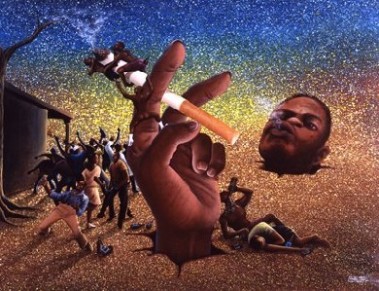 Again with limited information about when and where he drew this painting, one can only speculate what was going through Bodo’s mind. One common theme is the hand coming from under the ground. Another example of this is Zero which was created in the same year.
Again with limited information about when and where he drew this painting, one can only speculate what was going through Bodo’s mind. One common theme is the hand coming from under the ground. Another example of this is Zero which was created in the same year.
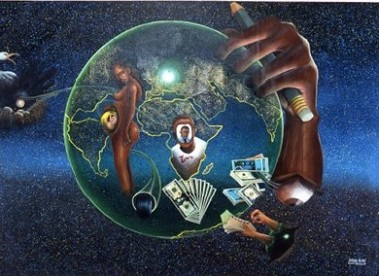 Amani Bodo is an extremely creative and abstract artist. His art style is common today in the U.S. which is why I found it interesting that they also find this style popular in the Congo. I wish I had more information to give about what influenced him to draw these obscure paintings. Perhaps it is better not to know, allowing us to speculate what it means, making these painting more directed towards us as individuals.
http://www.caacart.com/pigozzi-artist.php?i=Bodo-Amani&m=77&s=1131
http://en.angalia-arts.com/Amani-Bodo_a24.html
http://www.flickr.com/photos/angalia-arts/7668332194/
Amani Bodo is an extremely creative and abstract artist. His art style is common today in the U.S. which is why I found it interesting that they also find this style popular in the Congo. I wish I had more information to give about what influenced him to draw these obscure paintings. Perhaps it is better not to know, allowing us to speculate what it means, making these painting more directed towards us as individuals.
http://www.caacart.com/pigozzi-artist.php?i=Bodo-Amani&m=77&s=1131
http://en.angalia-arts.com/Amani-Bodo_a24.html
http://www.flickr.com/photos/angalia-arts/7668332194/
